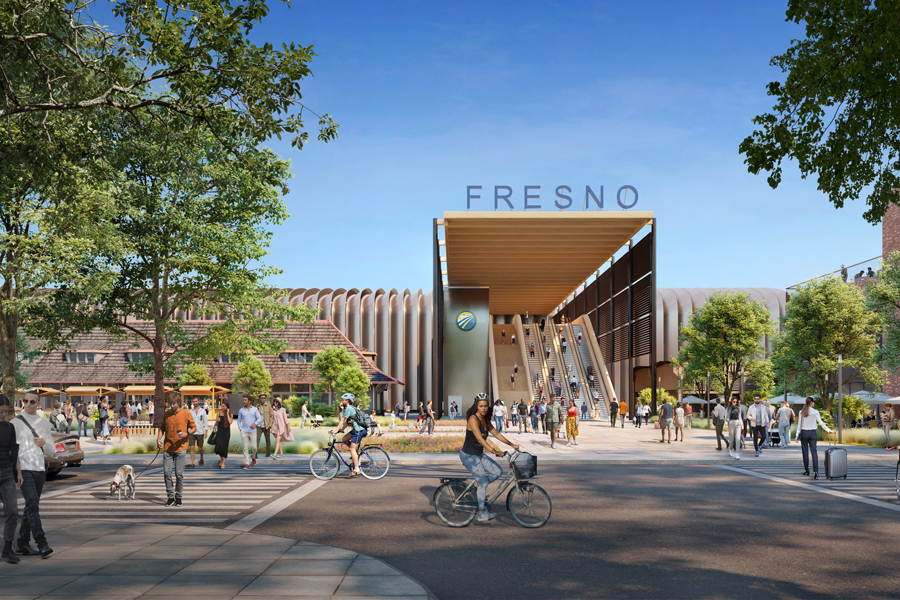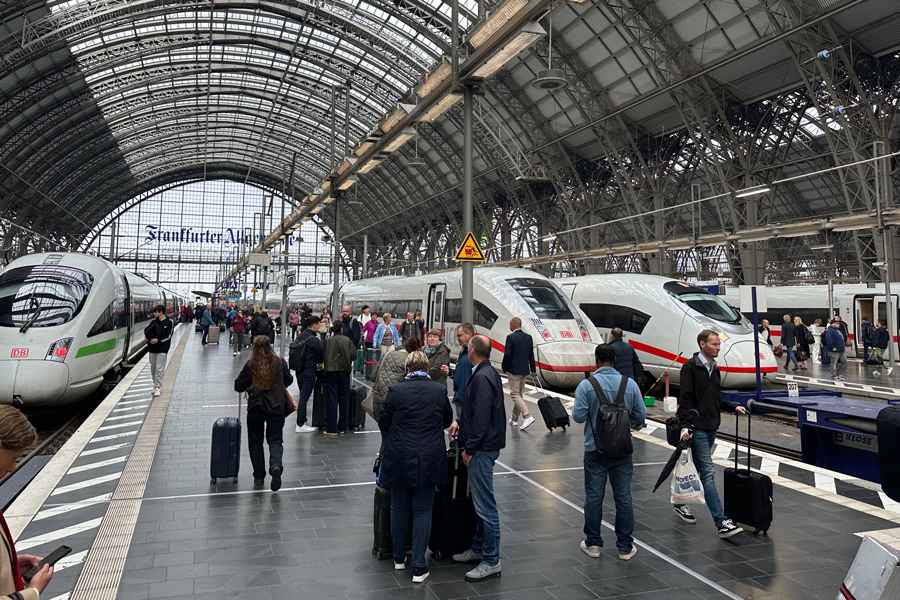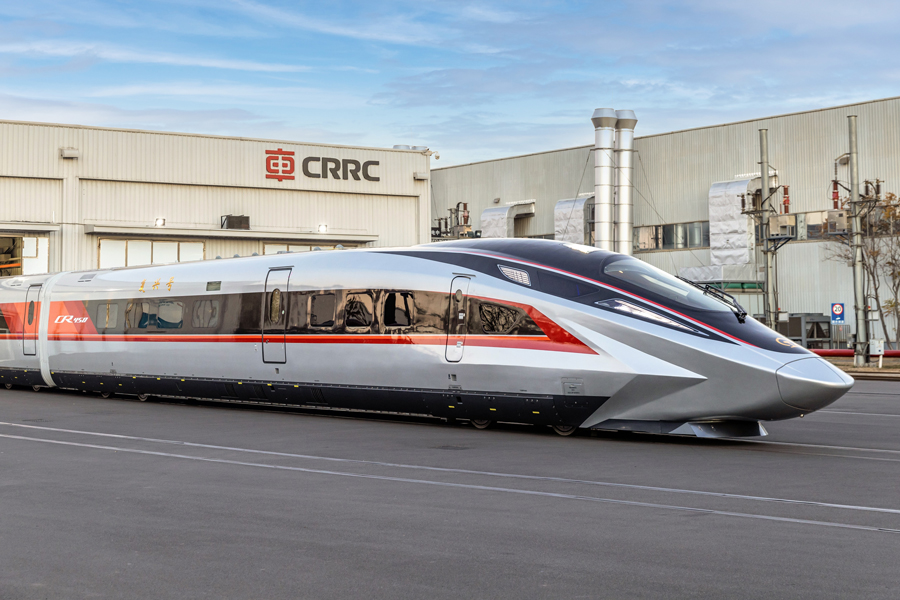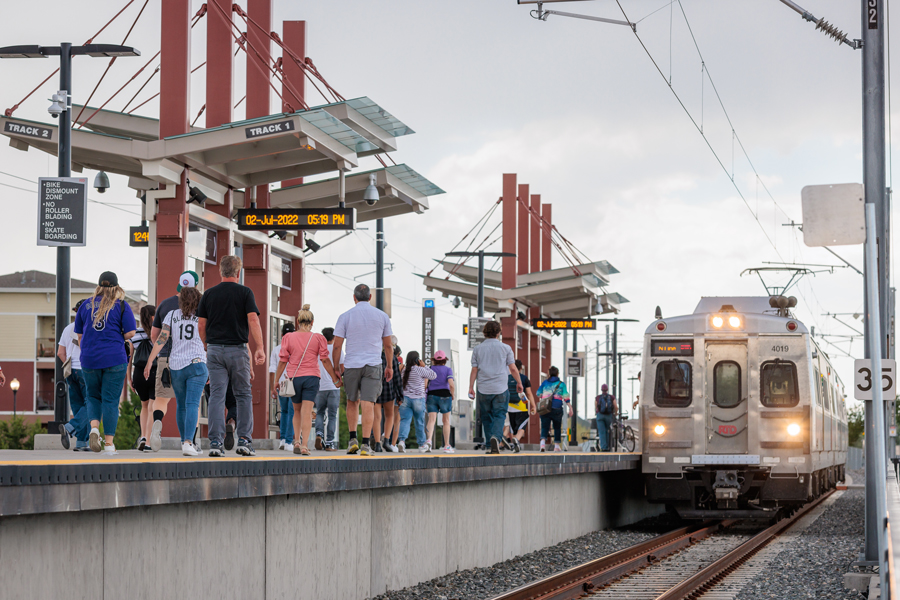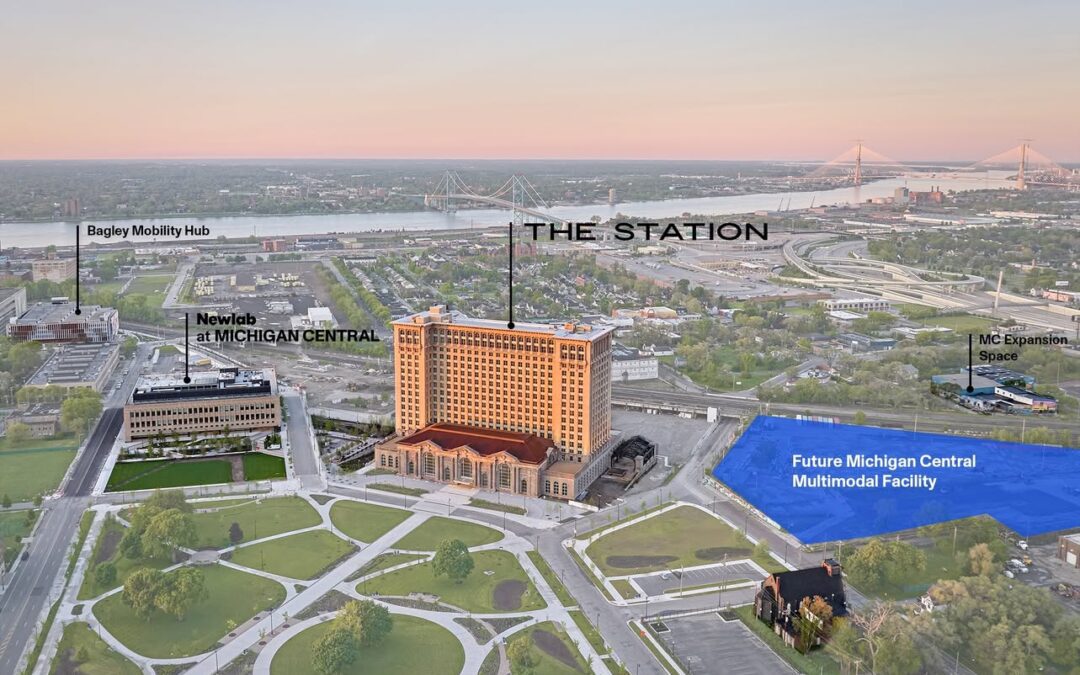At least one-third of Americans do not have access to a car that they could take on a road trip, according to a new study by the Natural Resources Defense Council – and as we’ll discuss, the percentage is probably greater than that. Yet for decades, civil engineers...
Approves $1 billion annually through 2045
The California State Assembly has guaranteed $1 billion annually, through 2045, for the state’s high-speed line from San Francisco to Los Angeles. The move “demonstrates that Californians are standing up to the Trump Administration’s backward thinking obstruction and choosing instead to invest boldly the future,” according to the California High-Speed Rail Authority.
Last month, in a project update, the Authority cited uncertain funding as a primary source of delays and a challenge to the line’s completion. The guaranteed $1 billion in funding for 20 years—via a reauthorization of the state’s Cap-and-Invest program—helps resolve that uncertainty and will enable the Authority to attract private-sector investments and partnerships.
The Authority reports that 70 miles of guideway and 58 structures are complete on the 171 miles of line now under design or construction in the Central Valley. Additionally, all but 31 miles of the entire 494-mile line are environmentally cleared and construction ready.
This is a Milestone Moment
Help motivate other regions to catch up by making a donation today.
The Authority projects that the line’s first segment will launch in January 2032, with high-speed trains running the entire route—greater San Francisco to greater Los Angeles—by early 2038, depending on continued support from the state’s political leadership.
The Authority’s strategy is to get a segment of high-speed line in operation as soon as possible, delivering value for riders and generating the revenue—and investor confidence—needed to fund more segments of line. Ian Choudri, the Authority’s CEO, emphasized that the agency would continue to “work toward securing the long-term funding—beyond today’s commitment—that can bring high-speed rail to California’s population centers, where ridership and revenue growth will in turn support future expansions.”
In addition to seeking private funding, the Authority is exploring opportunities and partnerships to raise more revenues, beyond ticket sales. These include parking fees; selling naming rights and leasing retail space in stations; offering express cargo shipping; and leasing Authority-owned land for fiber-optic installations and telecommunications towers.
The Authority projects dramatic payoffs—in ridership and revenue terms—for connecting the Central Valley segment to greater San Francisco and Los Angeles. For example, a line running from Bakersfield (in the southern Central Valley) to Gilroy (about 70 miles south of San Francisco) is projected to attract up to 12 million riders—and generate nearly $650 million in operating surpluses—annually.
Extending the line from Bakersfield south to Palmdale—where it would connect with rail lines heading east to Las Vegas and southwest to Los Angeles—would attract up to 18 million riders and a surplus of $1.2 billion annually.
As the Alliance notes in a recent post, steady funding is one of three factors the Authority cites as key to containing costs and keeping the project on track. The second is a $500 million cap on using funds outside of the Central Valley, which “prevents it from sequencing construction in ways that would maximize ridership and revenue.” The third is regulatory streaming “to ensure that the electric grid is ready to power the trains when the system opens,” along with “stronger tools to hold third parties to enforceable deadlines and cost controls.” The Assembly has not yet resolved the latter two challenges.
Nonetheless, the guaranteed funding is a strong, much-needed vote of confidence for a project that is frequently targeted—and written off for dead—by critics. In 2019, for example, Fox News and many other media outlets falsely reported that Gov. Gavin Newsom had “pulled the plug” on the project. Last month Fox called for Newsom to “pull the brake” on what it called a “ghost train.”
In July, the Trump Administration announced that it would cancel $4 billion in approved funding for California HSR. In August, it announced an additional $175 million in cuts for related projects.
Even so, Trump and members of his administration have sometimes voiced strong support for high-speed rail. In a 2024 chat with Tesla CEO Elon Musk, for example, Trump said that other countries have trains that “go unbelievably fast” and are “unbelievably comfortable with no problems. And we don’t have anything like that in this country. Not even close. And it doesn’t make sense that we don’t.”
It’s true that it doesn’t make sense. Fortunately, with the strong vote of support for California HSR this week—and with construction now underway on that project and Brightline West’s Las Vegas to greater LA line—the problem is being solved.
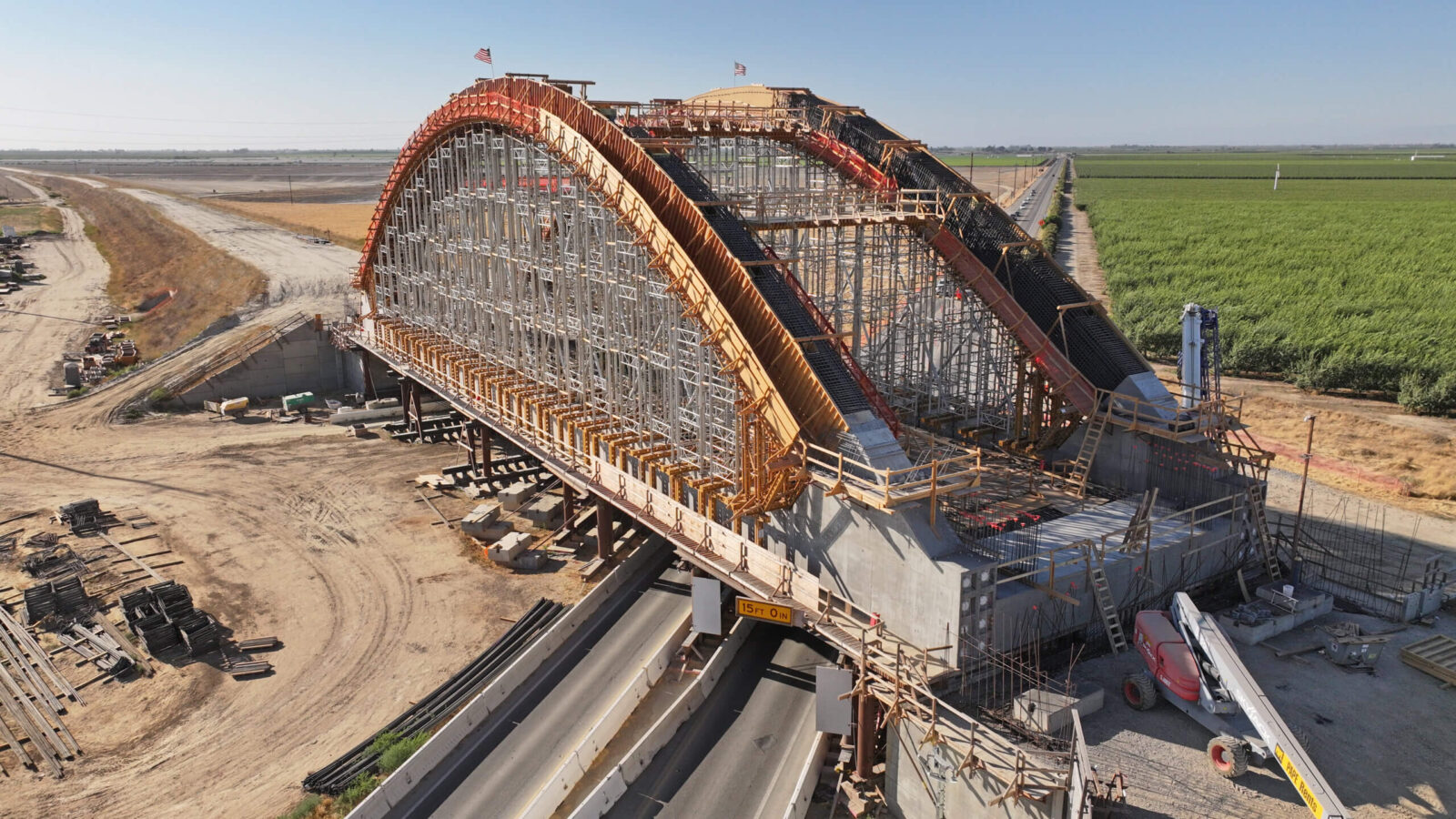
The Latest from HSRA
Our Latest Blog Posts
Check out the latest news, updates, and high speed rail insights from our blog!
